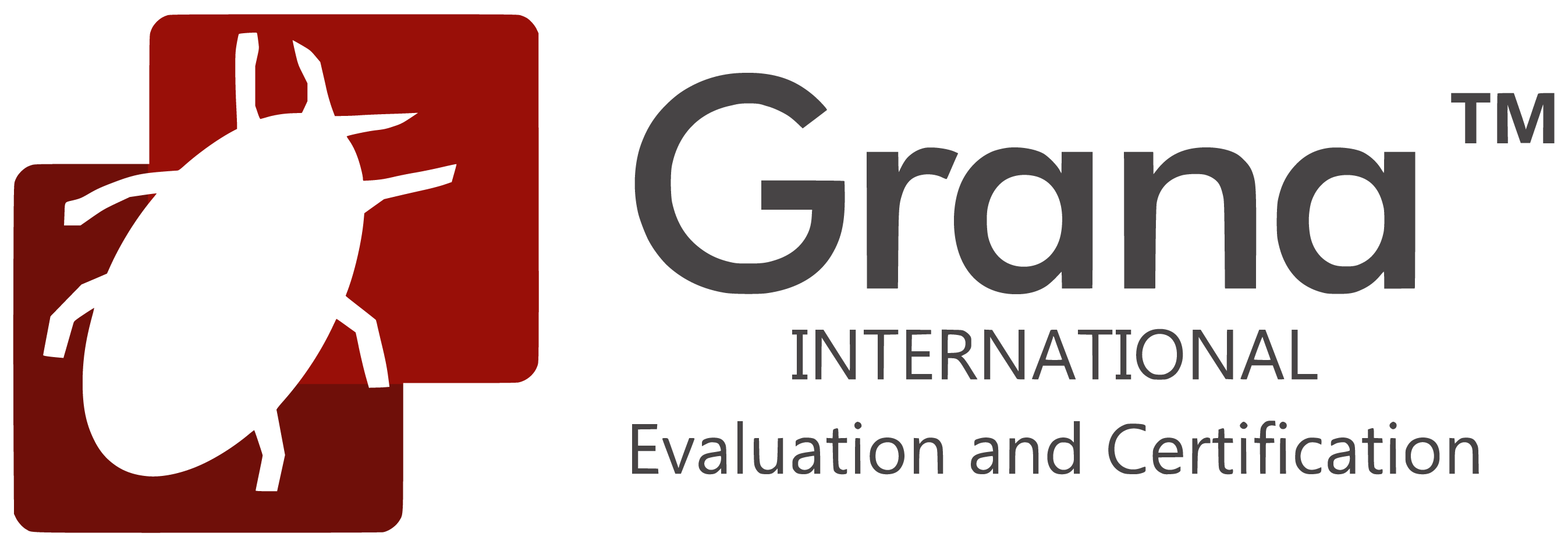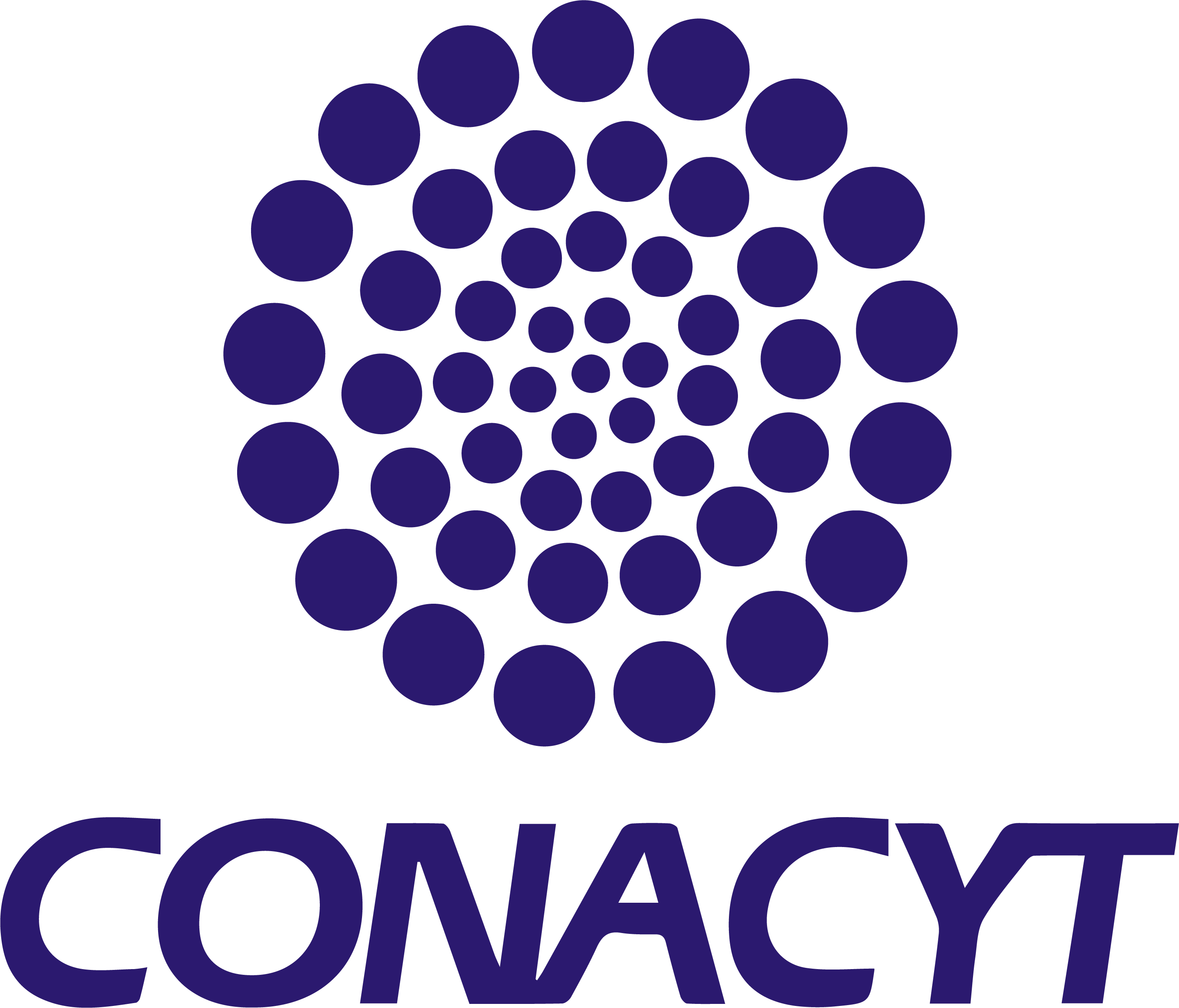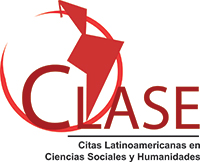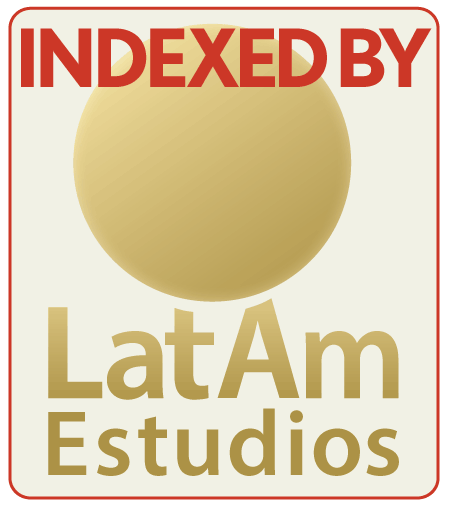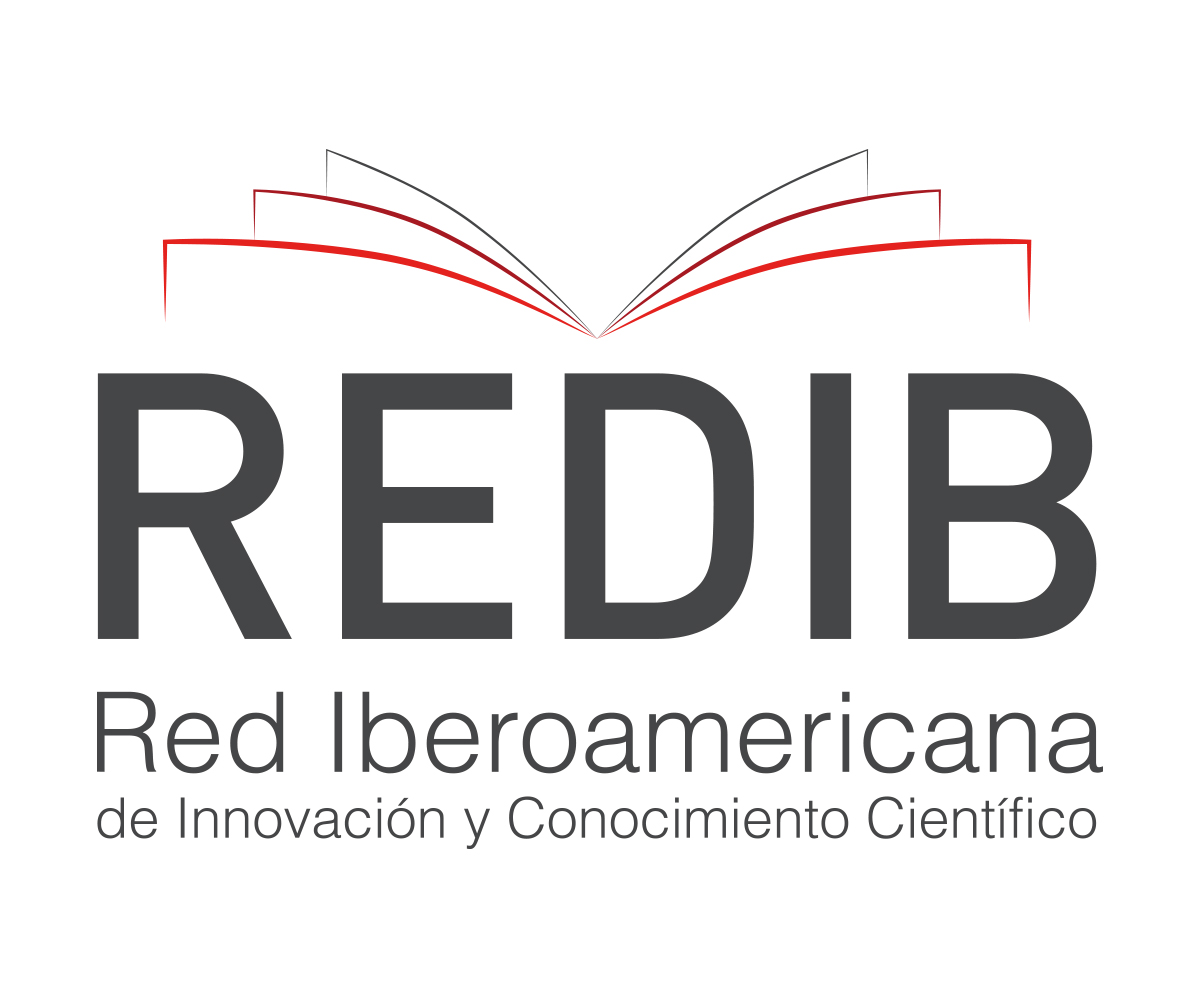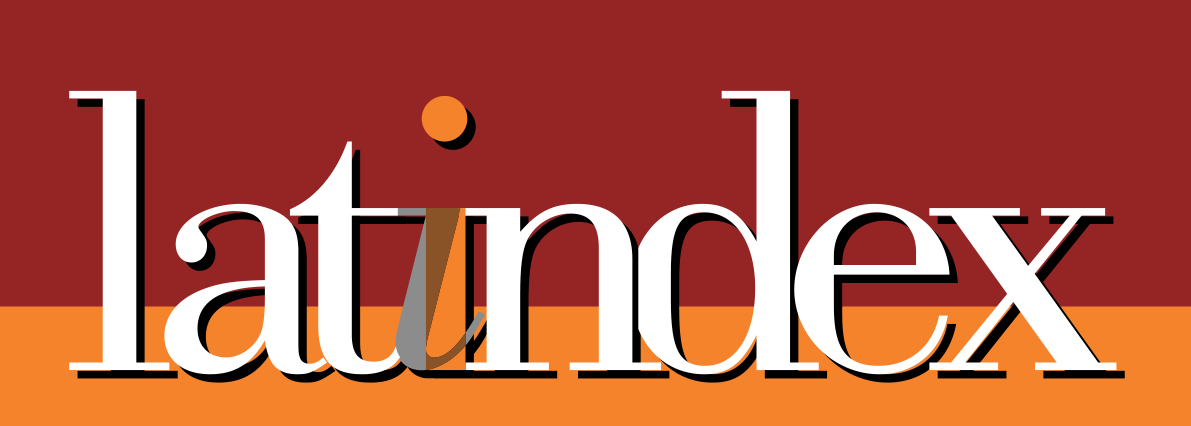Use of artificial intelligence in undergraduate students: question-based learning
Abstract
This study examines the use of artificial intelligence among college students, focusing on benefits, challenges, and technological preferences. Using a quantitative approach, literature review, and a survey of 127 students at a private university in Guadalajara, Jalisco, Mexico, the study found that 99% of students use it, primarily two to three times a week. Motivation includes easy access, time savings, rapid information retrieval, and better understanding. Laptop computers (79%) and mobile phones (58%) are the preferred devices, with ChatGPT, Copilot, and Gemini being the most popular tools. Benefits include personalized learning, immediate feedback, and adaptability. However, challenges include unreliable information, complex explanations, accuracy issues, logical flaws, lack of customization, and missing citations. Despite these challenges, the study concludes that it improves undergraduate learning and recommends its incorporation as a complementary educational tool to enhance undergraduate learning outcomes. Possible practical implications: how to incorporate artificial intelligence as a tool in teaching plans?
Downloads
References
Akgun, S. y Greenhow, C. (2022). Artificial intelligence in education: Addressing ethical challenges in K-12 settings. AI and Ethics, 2(3), 431-440. https://doi.org/10.1007/s43681-021-00096-7
Aliabadi, R., Singh, A. y Wilson, E. (2023). Transdisciplinary AI Education: The Confluence of Curricular and Community Needs in the Instruction of Artificial Intelligence. En T. Schlippe, E. C. K. Cheng, y T. Wang (Eds.), Artificial Intelligence in Education Technologies: New Development and
Innovative Practices (pp. 137-151). Springer Nature. https://doi.org/10.1007/978-981-99-7947-9_11
Alpizar, G. L. O. y Martínez, R. H. (2024). Perspectiva de estudiantes de nivel medio superior respecto al uso de la inteligencia artificial generativa en su aprendizaje. RIDE Revista Iberoamericana para la Investigación y el Desarrollo Educativo, 14(28). https://doi.org/10.23913/ride.v14i28.1830
Bauman, Z. y Leoncini, T. (2018). Generación liquida: Transformaciones en la era 3.0 (Primera). Paidós.
Bauman, Z. (2005). Los retos de la educación en la modernidad liquida (Primera). Gedisa. https://www.uv.mx/mie/files/2012/10/retos-educacion-modernidad.pdf
Chan, C. K. y Tsi, L. H. Y. (2023). The AI Revolution in Education: Will AI Replace or Assist Teachers in Higher Education? (arXiv:2305.01185). arXiv. https://doi.org/10.48550/arXiv.2305.01185
Chao, R. C. y Rivera, N. M. A. (2024). Usos y percepciones de herramientas de inteligencia artificial en la educación superior en México. Revista Iberoamericana de Educación, 95(1). https://doi.org/10.35362/rie9516259
ChatGPT. (2024, octubre 26). ¿Cómo estructurar una pregunta correctamente? https://chatgpt.com
Collecchia, G. y De Gobbi, R. (2024). AI in Clinical Practice: A Guide to Artificial Intelligence and Digital Medicine (Primera). Elselvier. https://shop.elsevier.com/books/ai-in-clinical-practice/collecchia/978-0-443-14054-9
Fahimirad, M. y Kotamjani, S. S. (2018). A Review on Application of Artificial Intelligence in Teaching and Learning in Educational Contexts. International Journal of Learning and Development, 8(4). https://doi.org/10.5296/ijld.v8i4.14057
García, S. O. V. (2023). Uso y percepción de ChatGPT en la educación superior. Revista de Investigación en Tecnologías de la Información, 11(23). https://doi.org/10.36825/RITI.11.23.009
González, C. V., Prendes, E. P. y Roig, V. R. (2021). Artificial Intelligence for Student Assessment: A Systematic Review. Applied Sciences, 11(12). https://doi.org/10.3390/app11125467
Hernández, G. M. H., Ramos, Q. J. M., Chávez, M. F. J. y Trejo, C. M. del C. (2024). Ventajas y riesgos de la Inteligencia Artificial Generativa desde la percepción de los estudiantes de educación superior en México. European Public y Social Innovation Review, 9, 1-19. https://doi.org/10.31637/epsir-2024-495
Hernández, Á. C. E.y Escobar, N. A. C. (2019). Introducción a los tipos de muestreo. Alerta, Revista científica del Instituto Nacional de Salud, 2(1). https://doi.org/10.5377/alerta.v2i1.7535
Idroes, G. M., Noviandy, T. R., Maulana, A., Irvanizam, I., Jalil, Z., Lensoni, L., Lala, A., Abas, A. H., Tallei, T. E. y Idroes, R. (2023). Student Perspectives on the Role of Artificial Intelligence in Education: A Survey-Based Analysis | Journal of Educational Management and Learning. Journal of Educational
Management and Learning, 1(1). https://doi.org/10.60084/jeml.v1i1.58
Instituto Tecnológico de Estudios Superiores de Monterrey (2024, enero). IFE Conference. IFE Conferece. https://ciie.itesm.mx/es/
Kamalov, F., Santandreu, C. D. y Gurrib, I. (2023). New Era of Artificial Intelligence in Education: Towards a Sustainable Multifaceted Revolution. Sustainability, 15(16), Article 16. https://doi.org/10.3390/su151612451
Luckin, R., Holmes, W., Griffiths, M. y Forcier, L. B. (2016). Intelligence Unleashed: An argument for AI in Education. Pearson Education. https://www.pearson.com/corporate/about-pearson/what-we-do/innovation/smarter-digital-tools/intelligence-unleashed.html
Neji, W., Boughattas, N. y Ziadi, F. (2023). Exploring New AI-Based Technologies to Enhance Students’ Motivation. Issues in Informing Science and Information Technology, 20, 095-110. https://doi.org/10.28945/5149
Pérez, Á. M. A. (2024). Crítica de la razón artificial. Simposio internacional SOMECE 2024: Benemérita Universidad Autónoma de Puebla. https://www.facebook.com/SOMECE/videos/914414176743525
Puertas, E. (2024). Indicaciones prácticas para usar ChatGPT. En ChatGPT y educación universitaria: Posibilidades y límites de ChatGPT como herramienta docente (Primera). Octaedro. https://octaedro.com/libro/chatgpt-y-educacion-universitaria/
Sigman, M. y Bilinkis, S. (2023). Artificial: La nueva inteligencia y el contorno de lo humano (Primera). Debate. https://www.amazon.com.mx/Artificial-nueva-inteligencia-contorno-humano-ebook/dp/B0CHHL4667/?tag=wkss20-20
Ulloa, M. J. L. U., Sólorzano, M. C. M., Díaz, C. E. G., Quiñonez, B. N. M. y Baque Mite, L. A. (2024). Usos de la inteligencia artificial en los estudiantes universitarios. Polo del Conocimiento, 9(8). https://doi.org/10.23857/pc.v9i8.7899
Uribe, F. (2024). Los Retos de la Inteligencia Artificial (IA) en la Educación de México. Ciencia Latina Revista Científica Multidisciplinar, 8, 2607-2626. https://doi.org/10.37811/cl_rcm.v8i5.13723
Wale, B. D. y Bishaw, K. S. (2020). Effects of using inquiry-based learning on EFL students’ critical thinking skills. Asian-Pacific Journal of Second and Foreign Language Education, 5(1), 9. https://doi.org/10.1186/s40862-020-00090-2
Wale, B. D. y Bogale, Y. N. (2021). Using inquiry-based writing instruction to develop students’ academic writing skills. Asian-Pacific Journal of Second and Foreign Language Education, 6(1), 4. https://doi.org/10.1186/s40862-020-00108-9
Zamora, Ú. Z. C. y Stynze, G. H. O. (2024). Conocimiento, uso y percepción de la inteligencia artificial en la enseñanza superior. Revista Científica Estelí, 49. https://doi.org/10.5377/esteli.v13i49.17889

This work is licensed under a Creative Commons Attribution 4.0 International License.
In order to promote the development and dissemination of research in education in Latin America, the Ibero-American Journal for Educational Research and Development (RIDE) adhered to the Budapest Open Access Initiative, which is why it is identified as a Open access publication. This means that any user can read the complete text of the articles, print them, download them, copy them, link them, distribute them and use the contents for other purposes. Creative Cummons licenses allow users to specify the rights to use an open access journal available on the Internet in such a way that users know the rules of publication. Authors who publish in this journal accept the following conditions: Authors they keep the author's rights and give the magazine the right of the first publication, with the work registered with the attribution license of Creative Commons, which allows third parties to use the published material whenever they mention the authorship of the work and the first publication in this The authors can make other independent and additional contractual agreements for the non-exclusive distribution of the version of the article published in this journal (eg, include it in an institutional repository or publish it in a book) as long as they clearly indicate that The work was published for the first time in this magazine. Authors are allowed and recommended to publish their work. low on the Internet (for example on institutional or personal pages) before and during the review and publication process, as it can lead to productive exchanges and to a greater and faster dissemination of the published work



